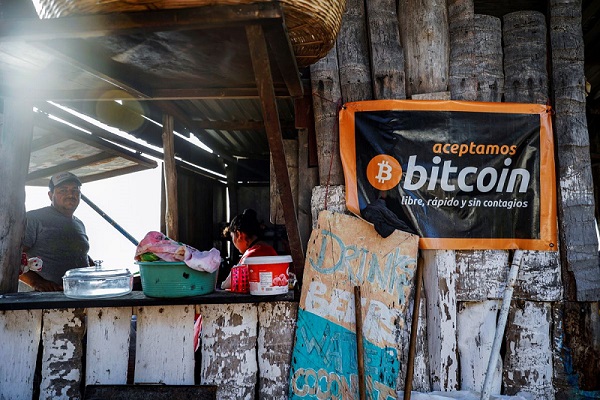Sam Bankman-Fried, the CEO of FTX, talked about the exchange’s plans to make its own stablecoin in an interview released on October 25. Speaking with Big Whale, SBF detailed how he plans to invest during a down market, how he will handle acquisitions, what projects he has in the works, and why FTX has decided to create its own stablecoin.
Recently, SBF disclosed plans to introduce the FTX v2 cryptocurrency exchange around Thanksgiving. Among the additions are a new order matcher, API paths with less latency, and other important features. SBF thinks it will help the exchange’s order throughput and cut its order latency in half.
To further strengthen retail users, SBF is looking to raise fresh acquisition funds amidst the crypto winter. FTX will stop considering purchases that could necessitate a rescue plan. Furthermore, SBF denied rumors that FTX is planning to purchase the commission-free trading software Robinhood (NASDAQ:HOOD). The company’s goal is to grow organically by attracting clients and, in particular, retail investors.
On the Flipside
- Even though FTX has not yet decided how it will manage the introduction of a stablecoin, it will not be the first exchange to do so. Rival exchange Binance partnered with Paxos in September 2019 to launch its own stablecoin, BUSD. According to Coinmarketcap data, BUSD is the third most traded stablecoin, after tether and USDC, and has a total supply of over 22 billion.
Why You Should Care
Stablecoins have potential to revolutionize money and unlock the possibilities of smart contracts and decentralized technology, as demonstrated by the tremendous developer interest in the field. Stablecoins as “programmable dollars” would give fintech developers much more flexibility and room for creativity. Consumer loans would not be possible if they were collateralized by volatile cryptocurrencies. Smart contracts become far more appealing to mainstream users and businesses when they can interact with digital, programmable dollars rather than volatile currencies such as Bitcoin (BTC).
